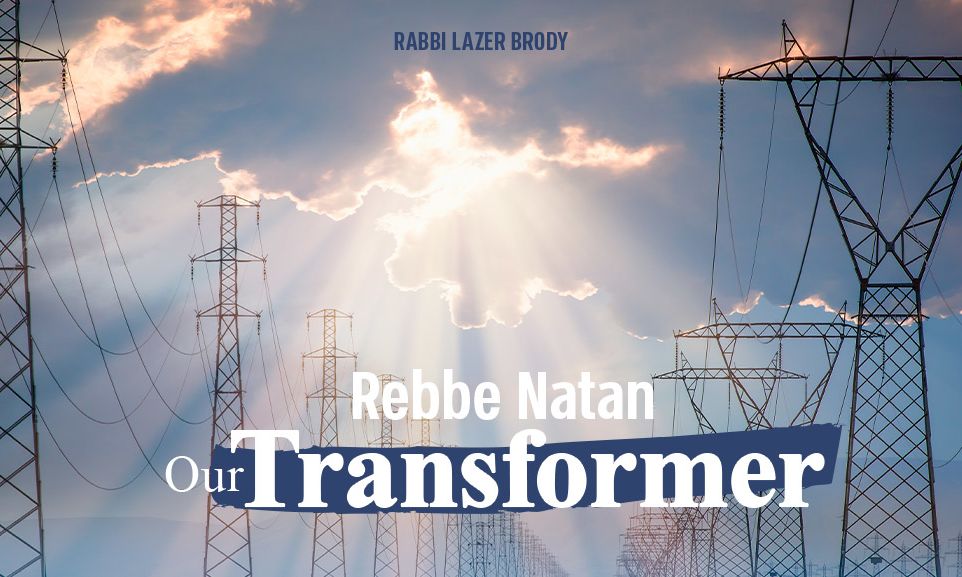
Rebbe Natan – Our Transformer
Date of passing: 10-Tevet. The “power-plant” tzaddik’s illumination is much too powerful for the average person. For that, we need a “transformer” like Rebbe Natan of Breslev, of blessed memory…

Who can imagine how many lives Rebbe Nachman of Breslev has touched in the last three decades alone? Yet, as Rebbe Nachman testified before he left this physical world, few if any of his teachings would have been passed down for posterity were it not for Rebbe Natan.
Interestingly, all five of the great tzaddikim who, according to Breslever tradition, were the Moses of their time had a particularly steadfast disciple – not necessarily the smartest or the holiest – who wrote down their teachings. But, these disciples were the most dedicated pupils who excelled in personally implementing the tzaddik’s advice.
These disciples – their Rebbe’s scribes – did so much in transforming people’s lives to this very day.
Maybe we should call them transformers.
A transformer has two main tasks. First, it takes super-high voltage electricity from the power plant and scales it down to a form that can be utilized by private consumers. Second, it distributes electricity far and wide.
The material world enables us to understand the spiritual world. Since the time of Moses on Mount Sinai over 3300 years ago, we have always had a spiritual “power plant”, the very special tzaddik who illuminates the hearts and souls of the Jewish people and brings them closer to Hashem.
Moses, who brought the written Torah to Israel from Mount Sinai, was the first of five such “power plants” that take us all the way to Mashiach. The second was Rebbe Shimon bar Yochai, the author of the Zohar and Tikkunim. The third was Rabbi Yitzchak Ashkenazi Luria, the “Arizal”, known as the father of Kabbalah, or Jewish esoteric thought. The fourth “power plant” was Rabbi Yisrael Baal Shem Tov, the founder of the Chassidic movement. His great grandson Rebbe Nachman of Breslev is the fifth of the power-plant tzaddikim. His holy light carries us to the coming of Mashiach, for Rebbe Nachman promises “My fire will burn until the coming of Mashiach!”
The problem of the “power-plant” tzaddikim is that their illumination is much too bright to be readily consumable and applicable for the average person. The Torah testifies that Moses had to put a veil on his face, for the people of Israel were blinded by the intensity of his radiance (Shemot 34:33). The Gemara (tractate Shabbat 33b) writes that the fire of Rebbe Shimon bar Yochai’s eyes once burned a field. So how does one harness the power from these five spiritual turbines and scale it down to a level that every person can use without danger of a total burnout?
The answer to the spiritual question is once again identical to the answer of the equivalent material problem: To scale down a power plant’s voltage to a level that can be used by the homeowner, we need a transformer. The same goes for the spiritual power-plant tzaddikim. Hashem designated a “transformer” for each power-plant tzaddik. The task of the “transformer,” who in every case was a brilliant and pious scholar in his own right but totally dedicated to his master, was to record the teaching of his master, implement them to the letter, and disseminate them among the broad population.
Each of the five power-plant tzaddikim had his own transformer. Moses had Joshua; Rebbe Shimon bar Yochai had Rebbe Abba; the Arizal had Rabbi Chaim Vital; the Baal Shem Tov had the “Toldot”, Rebbe Yaacov Yosef of Polnoi; and Rebbe Nachman had Rebbe Natan. Kabbalists tell us that just as all five “power plants” were reincarnations of Moses, all five “transformers” were reincarnations of Joshua, the loyal disciple that never left the his master’s awesome shadow.
Rebbe Nachman and Rebbe Natan are strikingly similar to the Arizal and Rabbi Chaim Vital. Both the Arizal and Rebbe Nachman lived intense but short physical lives and died at the age of 38. Both Rabbi Chaim Vital and Rebbe Natan recorded their masters’ teachings, and both died at 65.
Rebbe Nachman had followers who were enormous scholars, tzaddikim, and Kabbalists in their own right. But, Rebbe Natan was totally connected to Rebbe Nachman with true devotion and total self-sacrifice more than all others. Rebbe Natan is the prototype of what bitul – absolute self-nullification to one’s rabbi and spiritual guide – should be. His entire life revolved around disseminating the teachings of his holy Rebbe.
Reb Natan barely slept. His was busy spreading Rebbe Nachman’s teachings – writing them down, publishing them, and teaching them to others. He did all this with unimaginable tenacity and enormous self-sacrifice. Few helped him and many hindered him. Although Rebbe Natan was a scholar of awesome proportions in his own right who attained a lofty level of Divine service, he nonetheless conducted himself with complete simplicity and perfect humility in a way that words can’t possibly describe. He would pray with tremendous might and with great enthusiasm. He also would plead constantly with Hashem. He would say Tehillim with great arousal, crying from the depths of his soul and shouting with a truly broken heart in a way unheard of. Whoever heard, ran to do teshuva with teary eyes.
With his tight schedule, Rebbe Natan devoted hours on end to hitbodedut, or personal prayer. He also would meditate, converse, and plead to Hashem daily, oftentimes for the many hours between his Tikkun Chatzot (midnight lamentations) and daybreak, when the time came to say the Shacharit (Morning) prayers.
Rebbe Natan passed away just before the onset of Shabbat on 10 Tevet, 5605 (12 Dec, 1844). This was before the invention of the telegraph, and it was impossible to transmit news of his passing anywhere until after Shabbat. Even so, that Friday night, Reb Naftali, his best friend and also a close disciple of Rebbe Nachman, already knew that Reb Natan had left the physical world even though Reb Naftali was away in Uman.
When asked how he knew, Reb Naftali answered: “I had a dream in which I saw Rebbe Natan running quickly. I said, ‘Rebbe Natan! Where are you running?’ ‘Me?’ he said. ‘Straight to the Rebbe!'” (Siach Sarfei Kodesh I-655).
May Rebbe Natan’s holy, beloved, and blessed memory illuminate our lives, and may we merit to follow in his gigantic footsteps, amen.






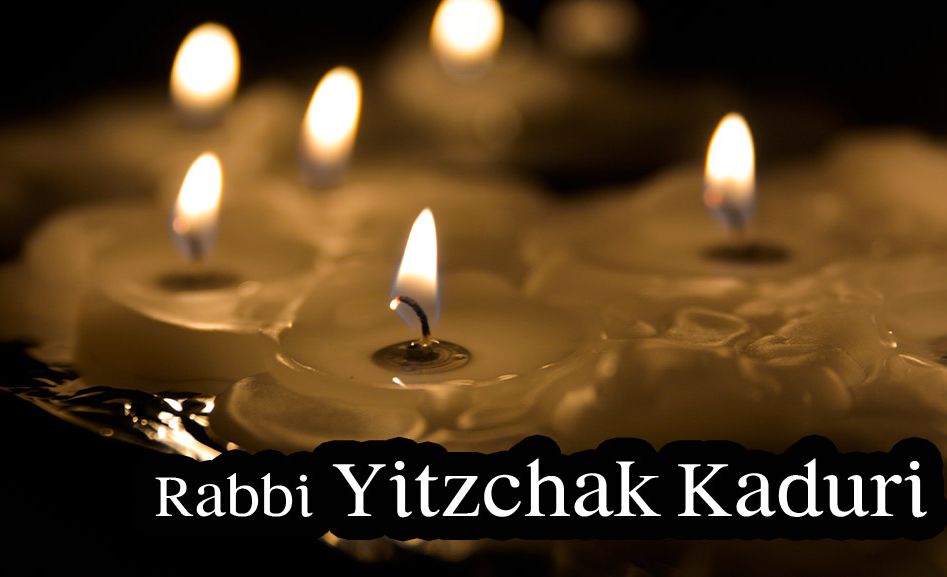

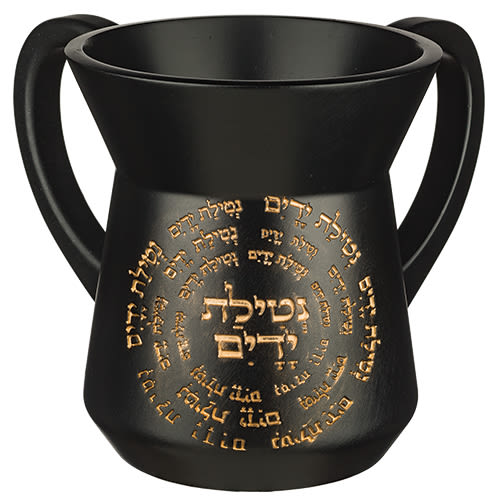
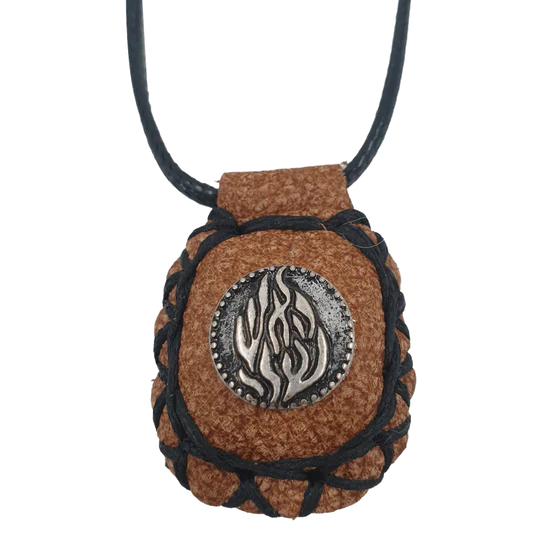
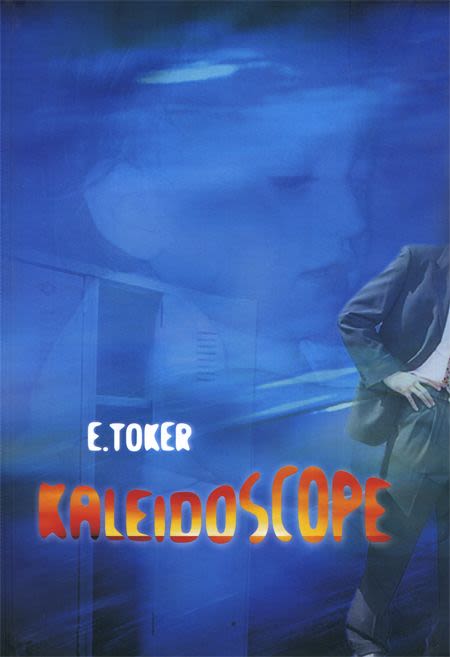
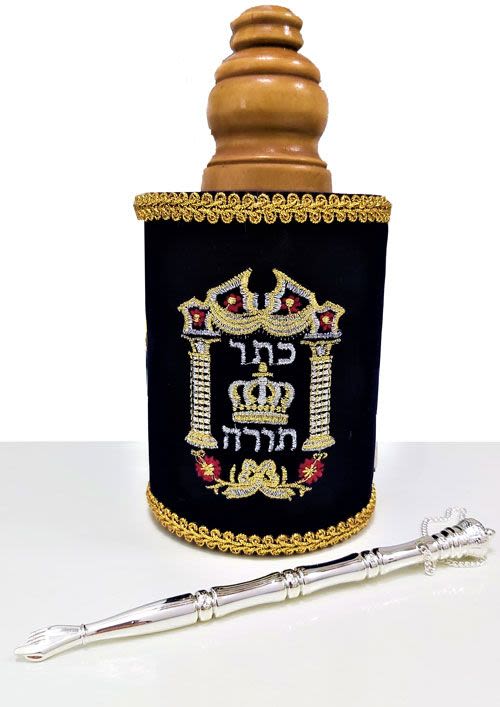

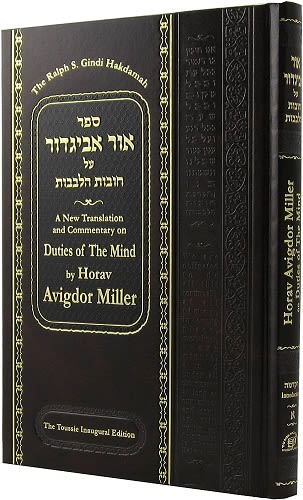
Tell us what you think!
Thank you for your comment!
It will be published after approval by the Editor.